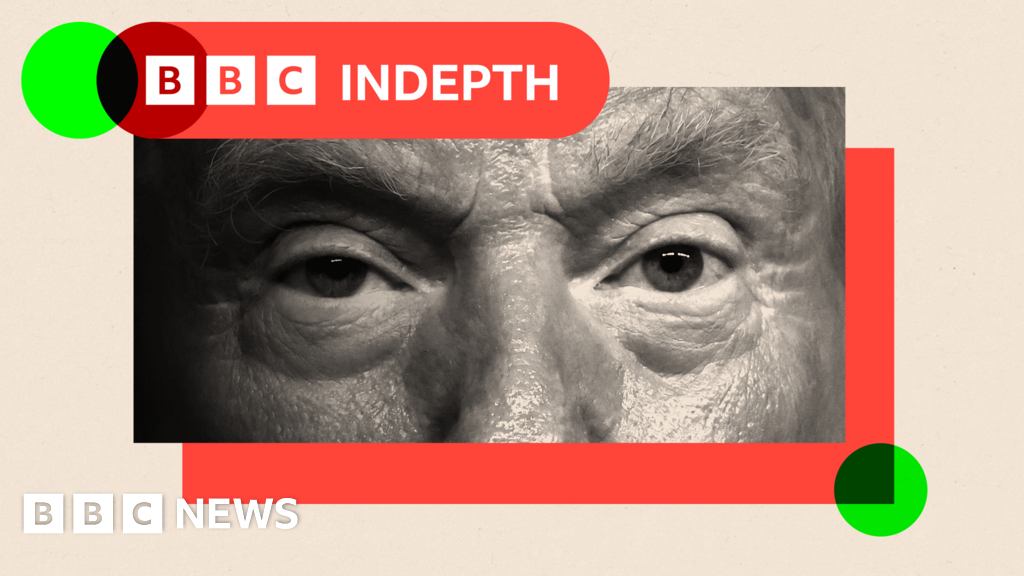Living cells are bustling with molecular machines that constantly process energy, matter, and information. Among these machines, proteins stand out, with enzymes being the most notable. These catalytic entities dramatically accelerate essential metabolic reactions by many orders of magnitude, facilitating the very processes that sustain life. While it has long been acknowledged that enzymes undergo movements during their catalytic cycles, measuring and predicting these internal motions and forces has proven extremely challenging.
A new study published in the journal Nature Physics addresses that challenge. It is the result of an international collaboration, led by Professor Tsvi Tlusty from the Department of Physics at UNIST and Professor Elisha Moses from the Physics Department at the Weizmann Institute of Science, Israel.
The collaboration integrated artificial intelligence (AI) models with molecular dynamics simulations to predict the internal dynamics of enzymes, alongside an innovative “nano-rheology” technique to measure these dynamics with unprecedented accuracy.
The computational and experimental results culminated in the development of a new viscoelastic model of enzymes, elucidating the intertwined effects of elastic forces arising from stretching or twisting molecular bonds and friction forces (viscosity) associated with bond breaking and reforming.
“Finally, this novel physical model can explain how subtle, nanoscale motions and forces within enzymes impact their biological functions. It allows us to perceive proteins as soft robots or programmable active matter,” said Professor Tlusty.
More information:
Eyal Weinreb et al, Enzymes as viscoelastic catalytic machines, Nature Physics (2025). DOI: 10.1038/s41567-025-02825-9
Citation:
Unlocking the mechanics of life: Enzymes as soft, programmable nanobots (2025, March 31)
retrieved 31 March 2025
from
This document is subject to copyright. Apart from any fair dealing for the purpose of private study or research, no
part may be reproduced without the written permission. The content is provided for information purposes only.


















